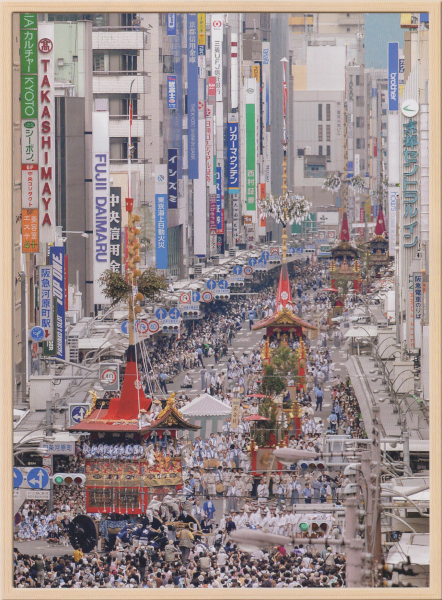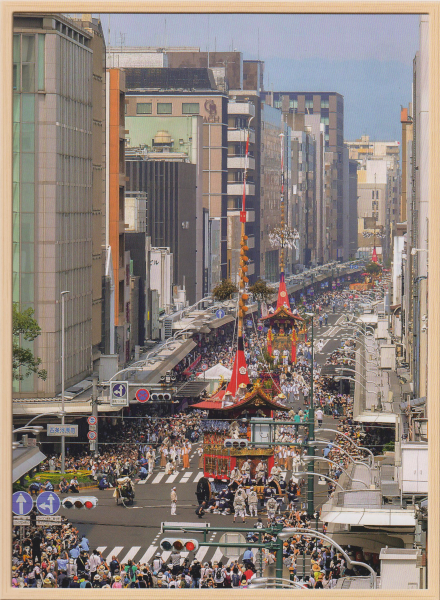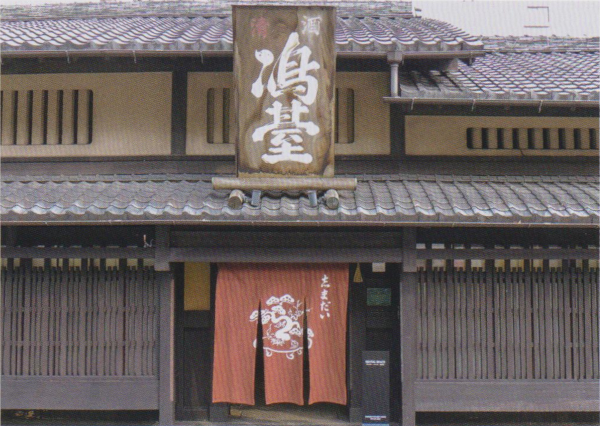Kyoto is different from any other city in Japan, and even Japanese people – born in Kyoto or not – generally agree with me. Personally, I like to call Kyoto “the most Japanese city” of the country, whereas the other big centres like Tokyo, Nagoya, Osaka, Hiroshima, Sendai… feel more generally Asian to me. The differences range from language (besides the special vocabulary that is common in any dialect, Kyoto-ben is considered more formal than any other local variety of Japanese) to customs, food, building styles etc.
Part of the latter are strict zoning laws for the city. For example, with the one and only exception of Kyoto Tower (131 m), no building may be taller than the 5-story pagoda of Toji temple. It measures 54.8 meters, the elevation difference of Kyoto’s Shichijo and Kitaoji streets.
Anyway, I wanted to talk about another thing where Kyoto is quite different from all other cities in Japan, something most people don’t even notice. Look at these two photos below. Notice the difference? Sure you do, but what is it, exactly?
The signs are gone! Since 2013, Kyoto has implemented rigorous standards for company signs, ranging from sizing and placement to detailed rules for coloring. Nowhere in Kyoto will you find gaudy colors during the day or flashy neon signs at night. If you want to hang out your shingle, it better be a classy one.
For this reason, many Japanese companies had to come up with special color schemes for their signs just for Kyoto. And even multinational corporations like Mac Donald’s have to obey the rules. Not every company goes quite as far as Starbucks though, but then again, this particular cafe near Kiyomizudera is the exception there as well.
Many long-established Kyoto companies go the traditional route when it comes to their signage. Even on modern buildings you can see wooden signs, but the large carved ones are most often found on traditional buildings. There also, you may be greeted with a chochin lantern inscribed with the company name or with a logo-bearing noren in front of the main door, which, by the way, is a practical indicator of whether the place is open for business.
Yes, Kyoto is different! And with this rather small and insignificant change, the city government allows you to take your eyes off the blinking signage so you can focus on the things that really matter.
All photos above are taken from the publication “Signs in Kyoto” by the Kyoto City Government.





